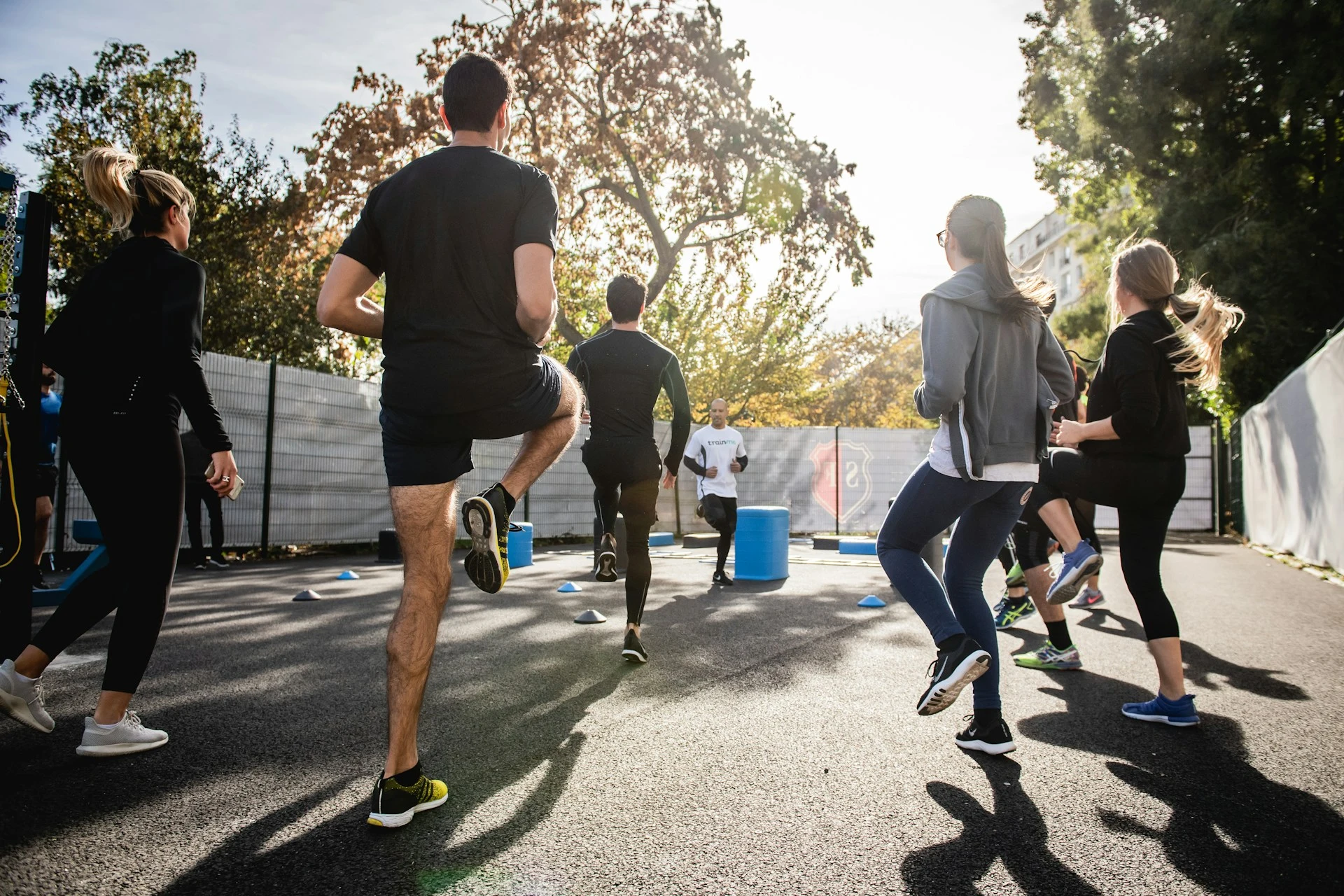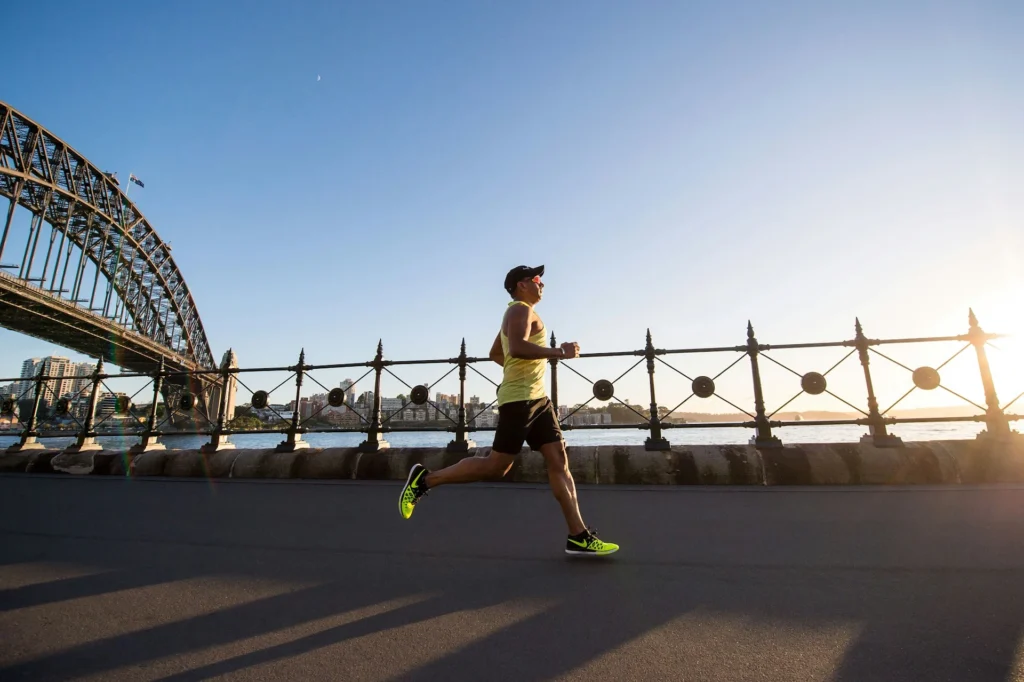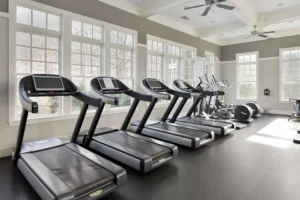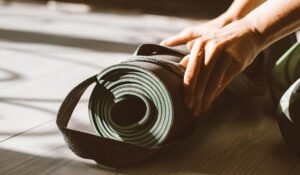A famous saying is “Running is great for your body. It will increase your energy levels and help you to clear your mind.” Recreational running is a global fitness revolution. Around 621 million people worldwide enjoy running, with 50 million runners in the United States alone. But what’s driving this surge in popularity? A large part of the credit goes to local running clubs, which combine fitness, camaraderie, and purpose. Let’s explore how these clubs and the rise of recreational running have become fitness culture.
What Is Recreational Running?
Recreational running is non-competitive running done primarily for enjoyment, health, and stress relief. It differs from professional running, focusing less on speed and more on personal wellness. Whether jogging through your neighborhood or hitting scenic trails, it’s a versatile activity anyone can do.
Did you know that recreational running has grown significantly over the past decade? Events like 5Ks, half-marathons, and marathons have skyrocketed in popularity. In 2023 alone, 2.1 million people completed a half-marathon, and over 1.1 million ran a full marathon. This shows how running is becoming a mainstream choice for fitness enthusiasts.
Recreational Running and Local Clubs Have Revolutionized Fitness
Starting your running journey can be daunting, but local clubs make it easier. They often have beginner-friendly programs, such as “Couch to 5K,” that gradually increase endurance and confidence. Clubs also offer tips on proper gear, pacing, and hydration.
Runners spend approximately $1,748 annually on gear, race fees, and other expenses. While this might seem high, many view it as an investment in their health. Running shoes, apparel, and gadgets like fitness trackers enhance the experience, making it more enjoyable and injury-free.
The origin of running attracts millions of people annually. Surveys show participants average 11 events yearly, with 78% completing at least one 5K. The half-marathon remains the favorite distance, preferred by 35% of runners. Projections for 2025 suggest this trend will grow, with half-marathon participation expected to rise to 37%.

Why Local Running Clubs Are Growing?
Local running clubs are popping up everywhere. Why? They offer more than fitness they provide a sense of belonging. Around 80% of runners have expressed interest in joining a group, drawn by the opportunity to meet like-minded people and stay motivated.
Many clubs also cater to various skill levels, making them perfect for beginners and seasoned runners alike. With annual membership fees of around $40 and often free for military and first responders they’re highly accessible.
Recreational Running and Local Clubs’ Impacts on Fitness
Recreational running and local clubs have revolutionized how people view fitness. They’ve transformed it from a solitary task to a communal experience, making it enjoyable, inclusive, and accessible. This shift has played a crucial role in improving physical and mental health globally.
Recreational Running Benefits
Running offers numerous physical and mental health benefits. Here are a few highlights:
- Improved Cardiovascular Health: Running strengthens your heart and boosts circulation.
- Mental Health Boost: Running is a natural stress reliever, often compared to meditation in motion.
- Weight Management: It burns calories efficiently, helping maintain a healthy weight.
- Accessibility: All you need is a pair of good running shoes to get started.
Recreational running and local clubs have sparked a fitness revolution, offering a perfect blend of health benefits, social connection, and personal growth.
FAQs
1. What are the health benefits of recreational running?
Recreational running improves cardiovascular health, reduces stress, aids in weight management, and boosts overall mental well-being.
2. How do I join a local running club?
Search online for clubs in your area or check community boards. Most clubs have beginner-friendly options and affordable memberships.
3. Can beginners participate in running events?
Absolutely! Many events, like 5Ks, cater to runners of all skill levels. Clubs often provide training programs for first-timers.
4. How much does it cost to maintain a running habit?
On average, runners spend about $1,748 annually on gear and race fees, but basic running is low-cost if you stick to essentials.
5. Is trail running harder than road running?
Trail running can be more challenging due to uneven terrain, but it offers a unique and rewarding experience for those who enjoy nature.












